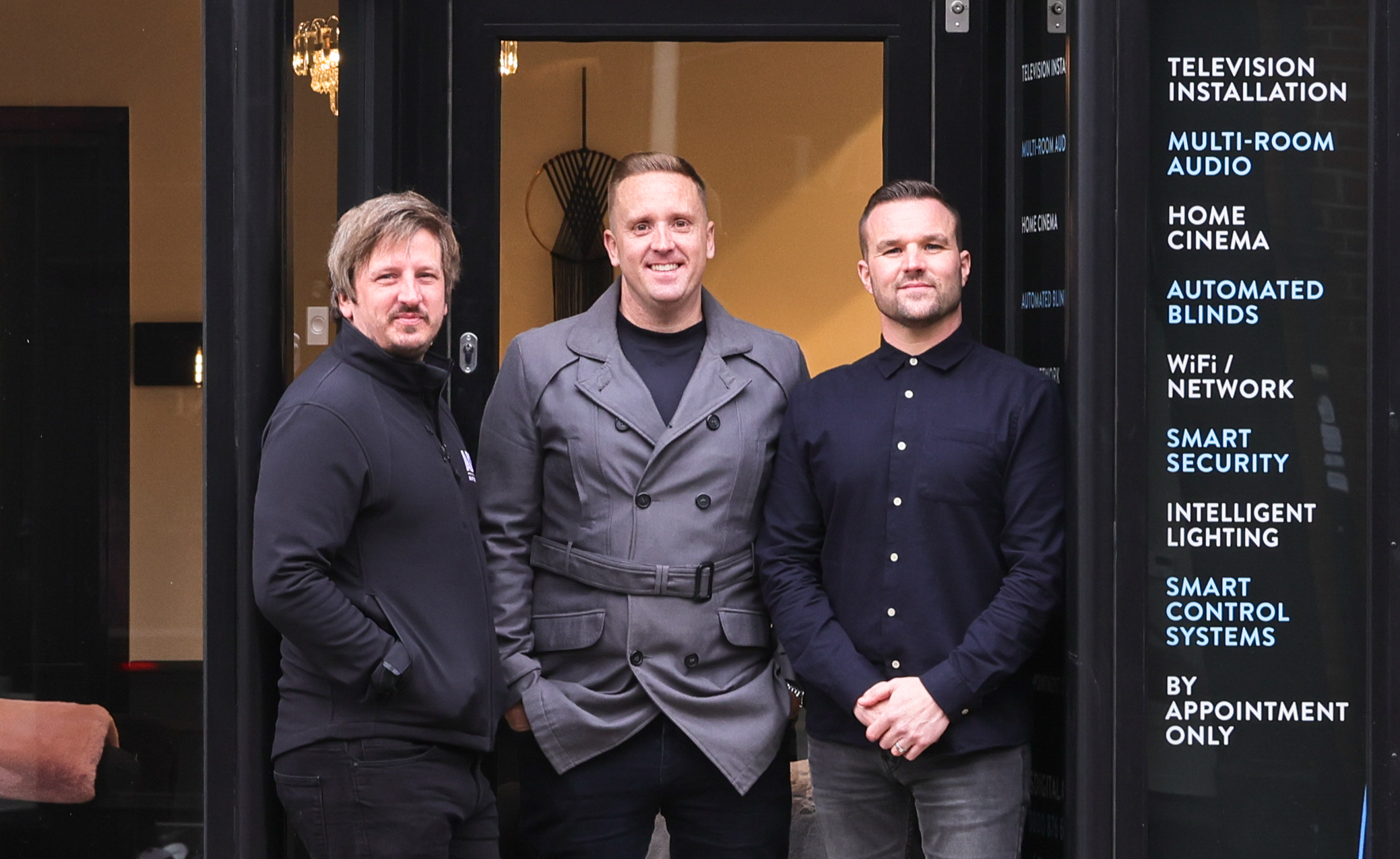Sky problems with signal are most commonly caused by the misalignment of the satellite dish. However, there are also various other internal and external factors that can have an effect on your television reception.
In order to determine the cause of the issue, you can troubleshoot your Sky Box by following the steps outlined on the Sky Diagnostics website. If you still can’t find a solution to your sky signal problems, read through this guide for help.
Fixing your Sky Problems with Signal
To begin, unplug your Sky Box off from the main power sockets. While you’re waiting for the device to cool down, check the exterior connections (if possible). After a few minutes, turn your Sky Box back on again. Wait for four to five minutes while it reboots. Do not touch the controller or television settings during this time. A hard reset of the device will help clear any unwanted temporary settings and shut down background processes that could be slowing your television down.
Connection problems
If the picture is fuzzy or keeps on freezing after the reset, check the colour of your Sky Box power light. If it’s red or orange, press the Sky button on your remote control. This will turn the Sky application on. While your TV is loading, check the SCART and HDMI connection cables to make sure they’re securely attached to your Sky Box and television. Once you’ve checked the cables, press the “Source” button on the Sky TV remote to make sure you’re on the correct channel.
The “No Signal” or “No Input” error message (depending on your setup) is usually a sign of an internal issue, such as a faulty box-to-television connection. Blue screen error messages that read “Your Sky box isn’t getting a satellite signal” is often a sign of an exterior issue, such as a damaged connection to your satellite dish.
Hardware issues
You should always treat your Sky Box as you would any other device such as a laptop or a mobile phone. Make sure it is placed on a solid, cool surface with enough space for ventilation to avoid the device from overheating, which could cause it to not work properly and over time, become damaged.
We always recommend that you do not place different electrical devices on top of each other as some interference may occur, causing your connection to slow down. You could also experience Sky signal problems if your Sky Box is tucked away in a cupboard with a closed back.
If you start experiencing issues with your Sky reception and have determined that all of your cables work as they should, try moving your device closer to the master where it can get plenty of ventilation. Contact your provider if you still struggle with Sky TV problems, as you might need to replace your device.
Rain and Snow
It is always a good idea to keep in mind the weather conditions when it comes to your television signal. If there’s snow or heavy rain outside, the signal is probably struggling to get through the obstruction. Simply wait until the weather has cleared up and it should start working again. If it’s clear outside but has snowed within the past few days, you may need to wipe the snow off the surface of the dish or wait for it to melt.
If bad weather is a common issue where you live, apply a rain fade solution to stop water from settling on the dish. This should help you with any Sky signal problems that you might be experiencing.
While satellite dishes are built to last, long-term exposure to severe weather conditions could eventually lead to the connectors eroding. If all of the interior connections are sound, but you’re still getting a poor signal, check the exterior cables for rust or water damage. If you notice any deterioration on your satellite dish, contact your provider and request to have it replaced.
Satellite misalignment
You could also be experiencing Sky TV problems due to signal loss as a result of satellite misalignment. This usually happens during a storm, as the strong winds only have to move your satellite dish an inch in either direction for you to run into problems. Depending on your setup, your satellite could also become misaligned by animals such as cats and foxes, if they manage to get access to it from a wheelie bin or a window ledge.
To check whether your satellite has been moved, take a look outside – is it pointing in the same direction as your neighbours’ dishes? If not, you’ll need to readjust the position of the dish, so it has a clear line of sight to the tower. To help you along, we’ve created this guide on “How To Align a Satellite Dish”.
If you cannot find the route of the problem, contact ADS Digital on 0800 876 6258 or contact us online. A qualified ADS Digital technician will not only solve your Sky signal problems but also assess the quality of your hardware, connections and setup in order to pinpoint future issues and find out how you can optimise performance.
Please note that we no longer install or fix Satellite Dishes. This blog post is for informational purposes


